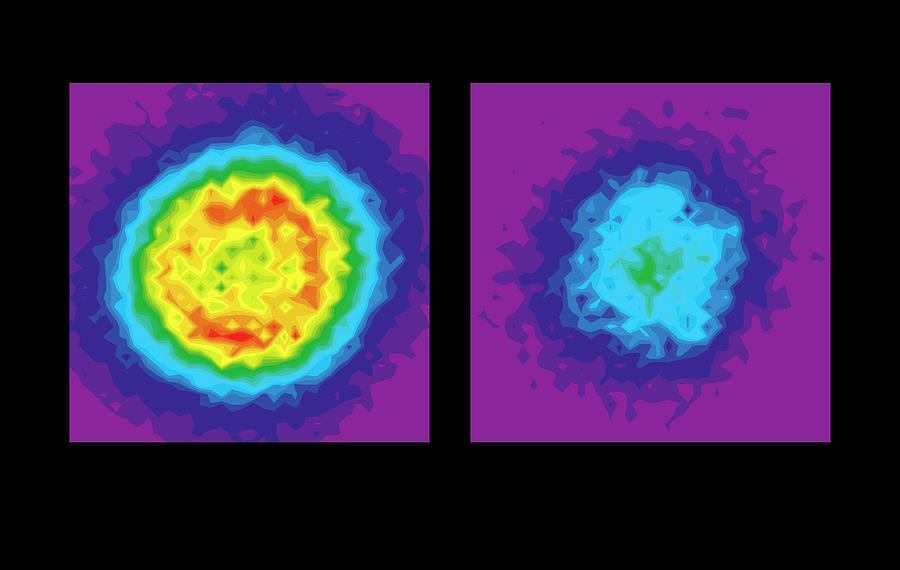


Ting’s views may not represent the majority opinion among scientists, but the physicist is undaunted: “If you don’t look, then really you will never know.” “It does not say, ‘Antimatter disappeared.’ ” “This neutrino experiment only says, ‘From Earth, we observe in space more matter than antimatter,’ ” he says. The data provide further evidence that there could be some slight asymmetries between normal matter and antimatter, perhaps enough to explain why the universe today is almost exclusively made of matter.īut Nobel laureate Samuel Ting, the principal investigator of the AMS experiment, says we need more data to truly say antimatter isn’t out there somewhere. The transition of a muon neutrino to an electron neutrino happens at a higher rate than that of a muon antineutrino to an electron antineutrino, says Mark Hartz, a particle physicist at Canada’s York University and co-author of a recent Nature paper on the T2K data. The T2K experiment has been watching how both regular neutrinos and antineutrinos oscillate between flavors, and they’ve noticed there’s a slight disparity in how they behave. Neutrinos change type, or flavor, as they travel - for example, muon neutrinos might turn into electron neutrinos. T2K scientists are tracking a curious property of neutrinos, hard-to-detect particles that rarely interact with matter. Now, physicists with Japan’s T2K experiment have published data that move us closer to an answer. But finding those asymmetries has proved difficult. Scientists have long posited that slight differences in how matter and antimatter behave could have led matter to win out in the moments after the Big Bang. It could be that our universe is largely empty of antimatter, which poses another question: Where did it all go? The AMS has been running on the International Space Station since 2011, but it has yet to turn up much evidence for antigalaxies and the like. The experiment set out to measure cosmic rays to see if any of them came from antimatter. The search for distant antistars and antigalaxies was the focus of our April 1996 article, “The Antimatter Mission,” which chronicled the genesis of an experiment called the Alpha Magnetic Spectrometer (AMS). There are different explanations for this, including that all of the antimatter might just be too far away to see.

ANTIMATTER PICTURE FULL
But we live in a universe full of matter, with little antimatter in sight. Physicists’ theories about the Big Bang say there should have been equal amounts of matter and antimatter created during the event. These particles are theoretically identical in behavior to the ones we know, but with opposing electrical charges, among other differences. In modern scanners, three dimensional imaging is often accomplished with the aid of a CT X-ray scan performed on the patient during the same session, in the same machine.In 1996, Discover reported on a new experiment that would probe the far universe for signs of antimatter. Three-dimensional images of tracer concentration within the body are then constructed by computer analysis. The system detects pairs ofgamma rays emitted indirectly by a positron-emitting radionuclide (tracer), which is introduced into the body on a biologically active molecule. Positron emission tomography (PET) is a nuclearmedical imaging technique that produces a three-dimensional image or picture of functional processes in the body. Michael Doser gives a talk at TEDxGeneva called The Return of Antimatter. Ideals and morality are often spoken of as virtual antimatter to the. The TED-Ed blog outlines the collaboration with CERN. Find the best antimatter quotes, sayings and quotations on. Here's a link to more information about all the antimatter research at CERN. This is a good overview article with more in-depth information about antimatter. Here's a general introduction to many different aspects of antimatter: what it is, where it is made, and how it's already a part of our lives.


 0 kommentar(er)
0 kommentar(er)
